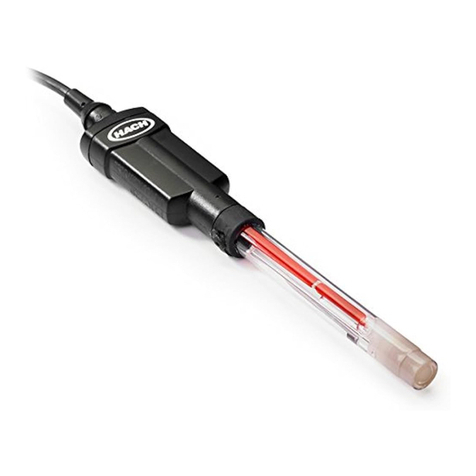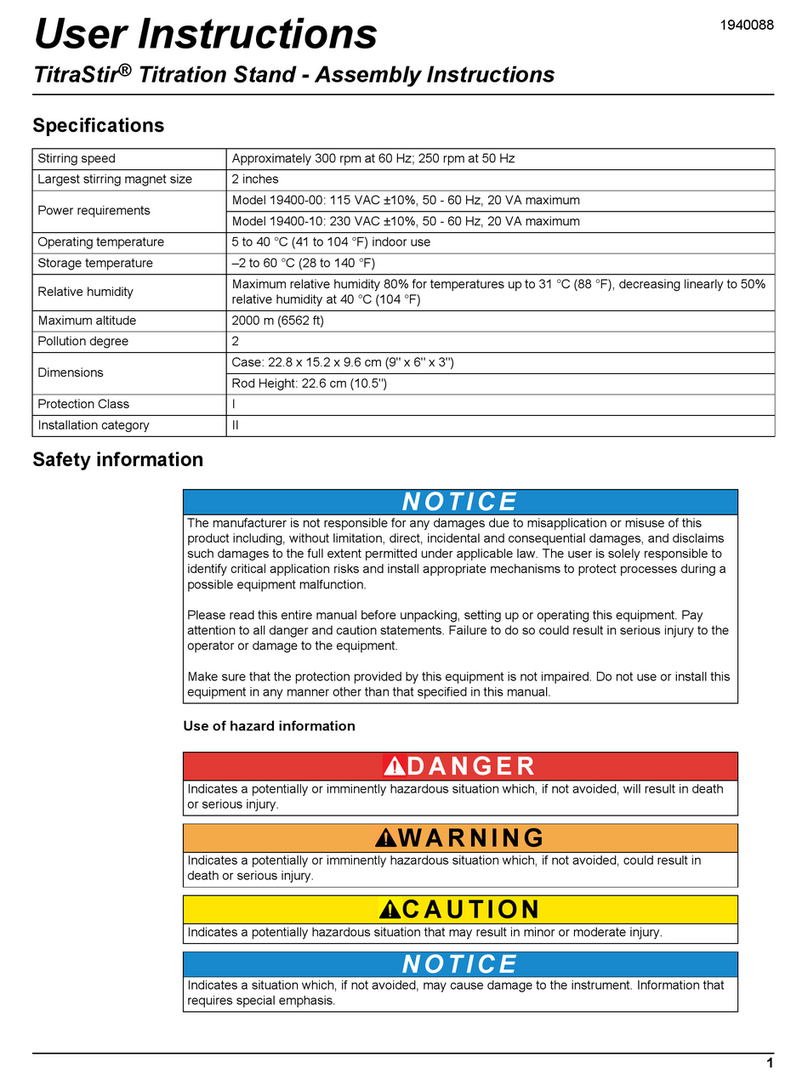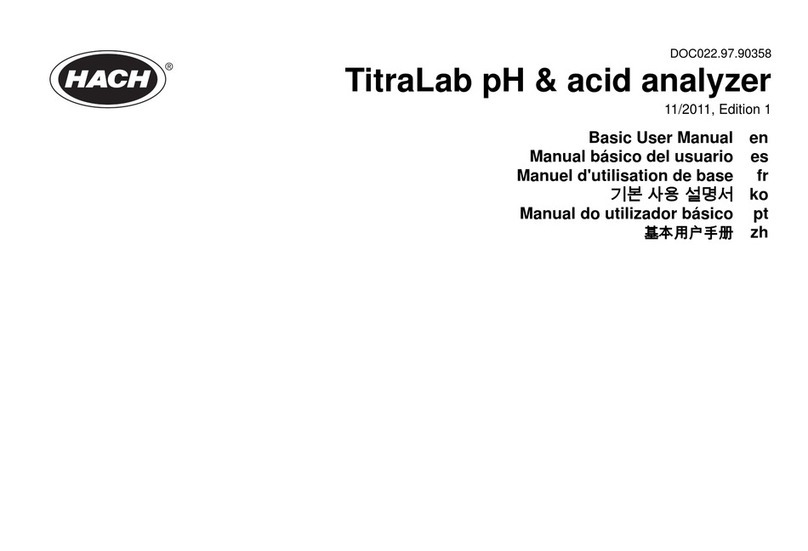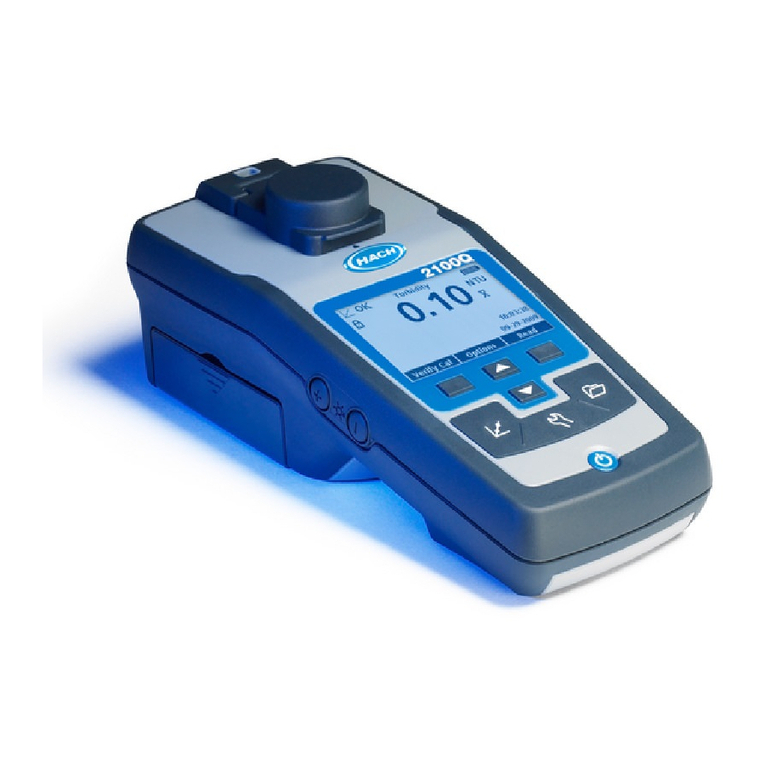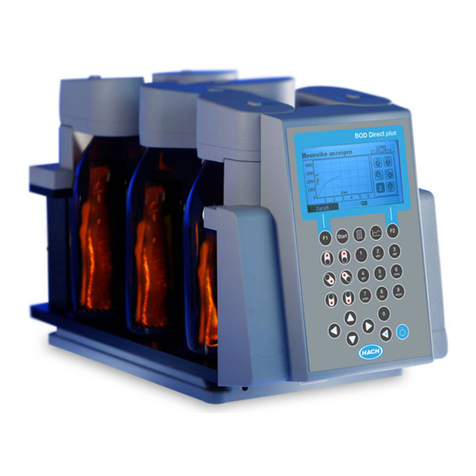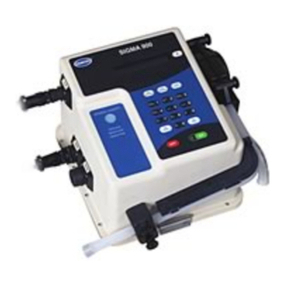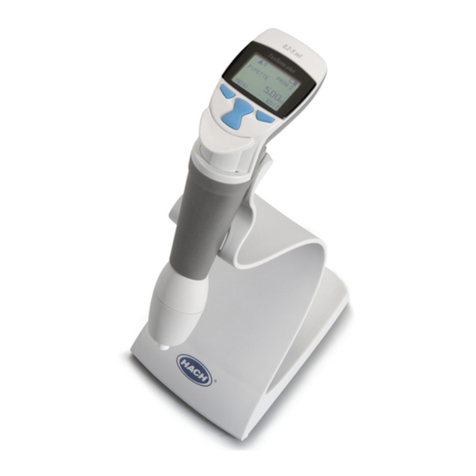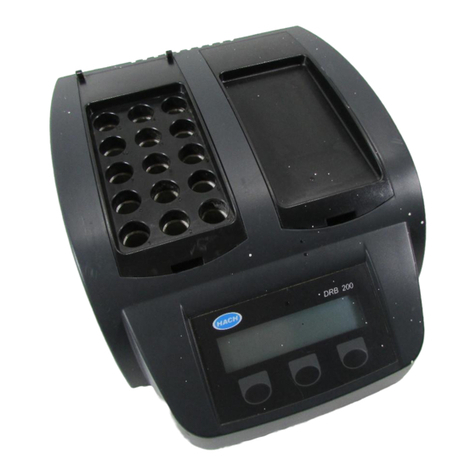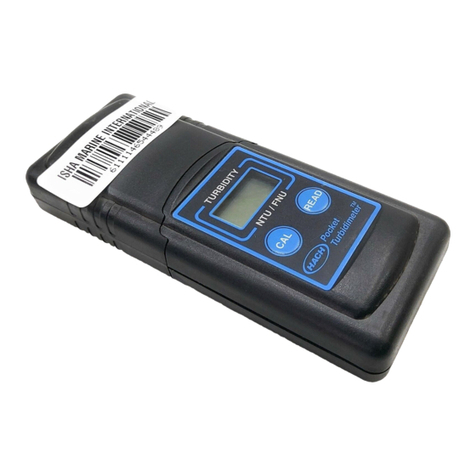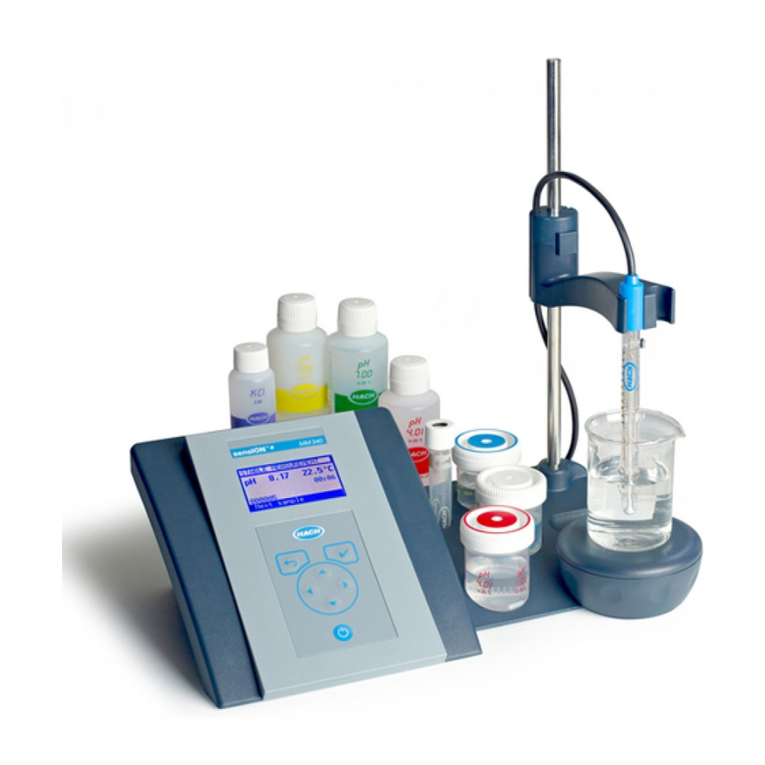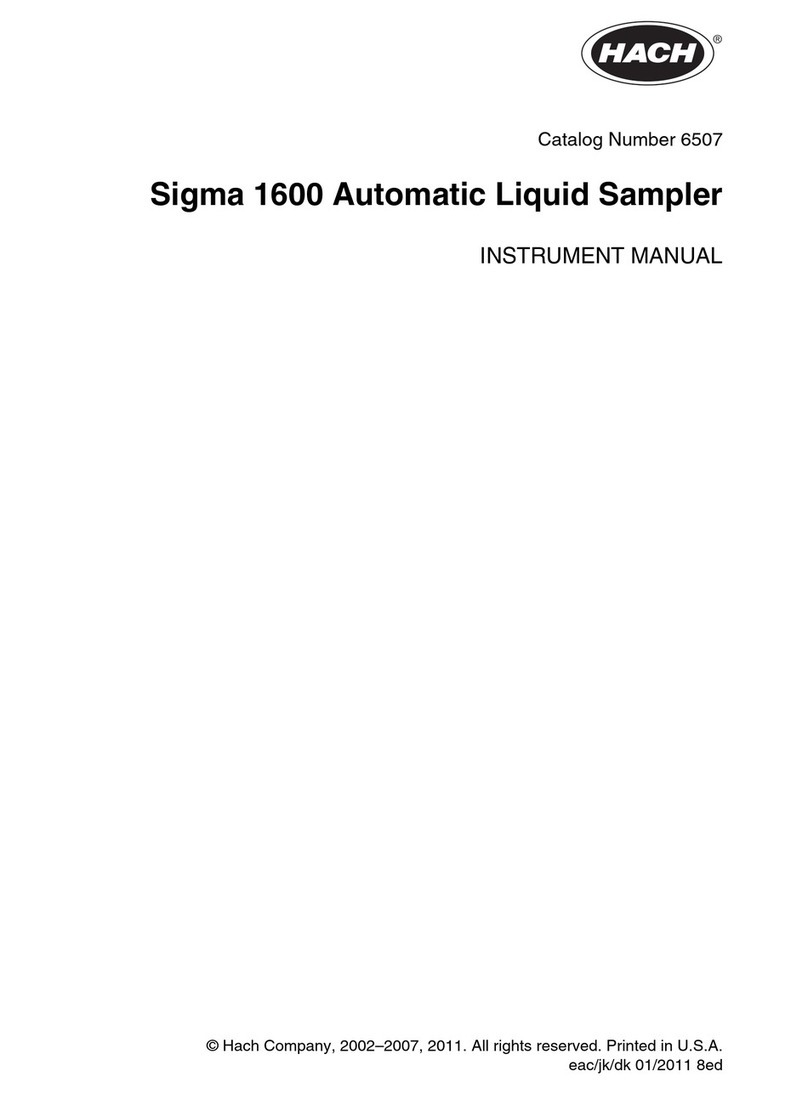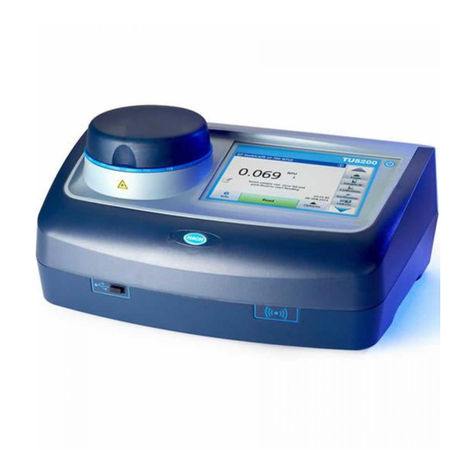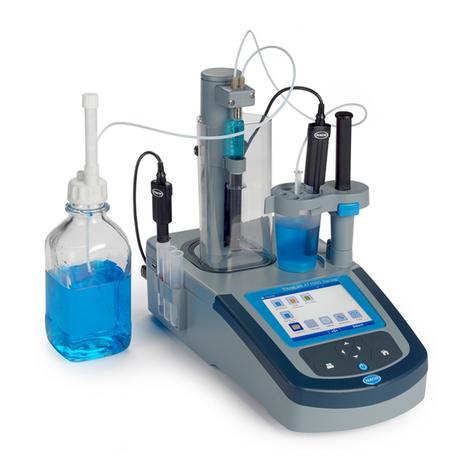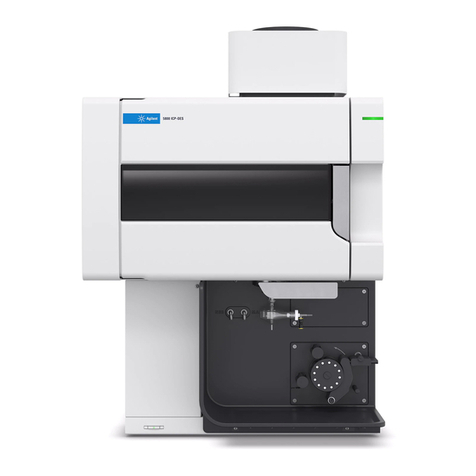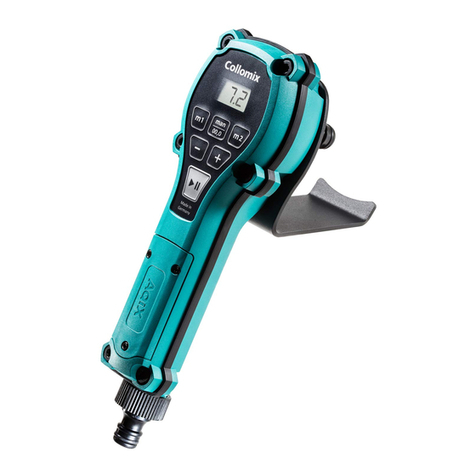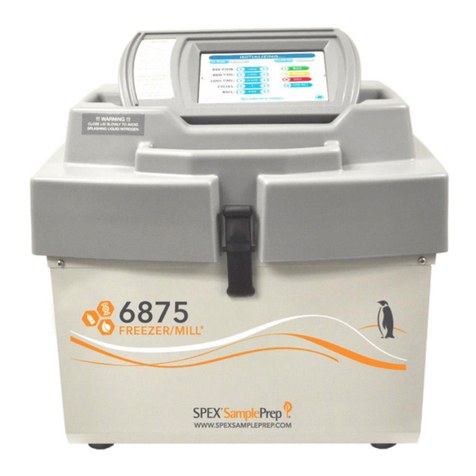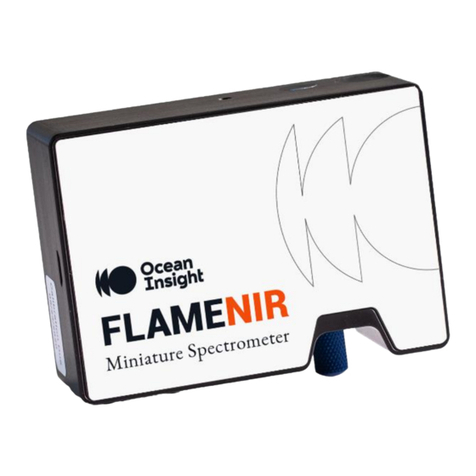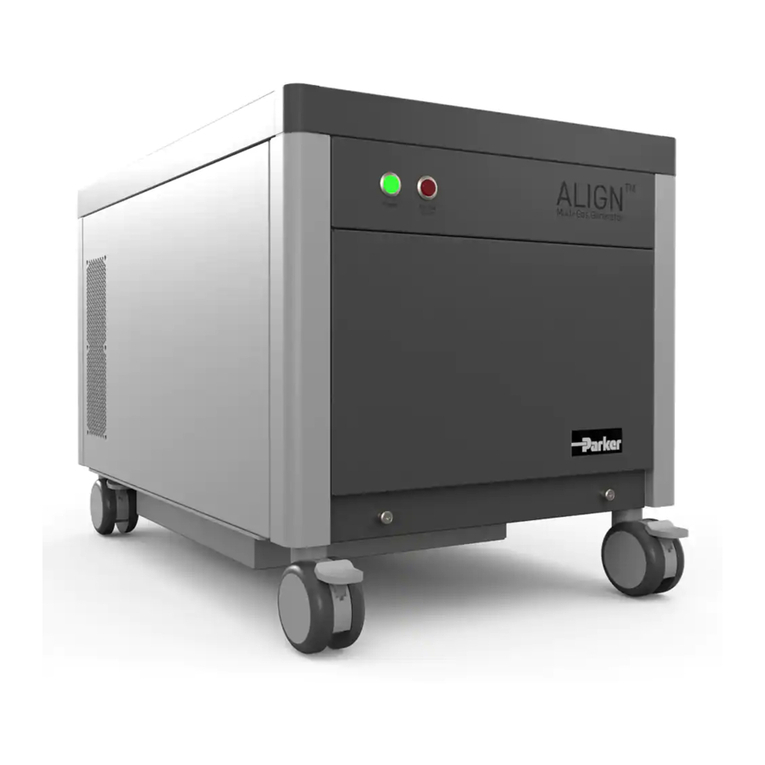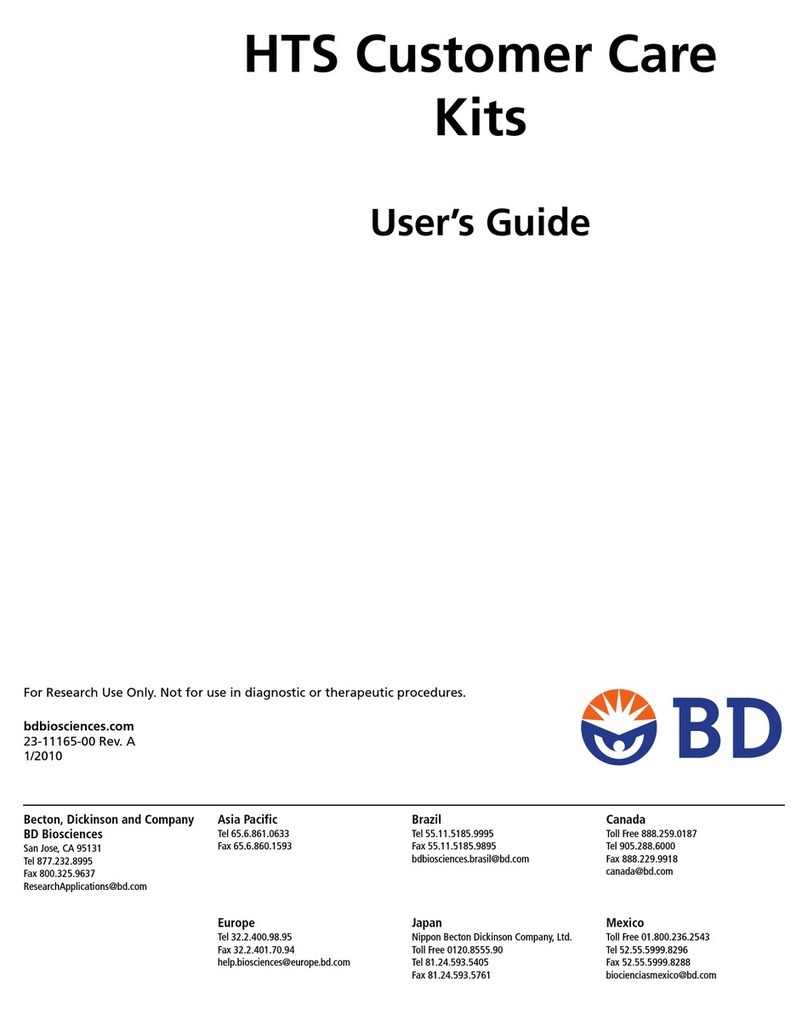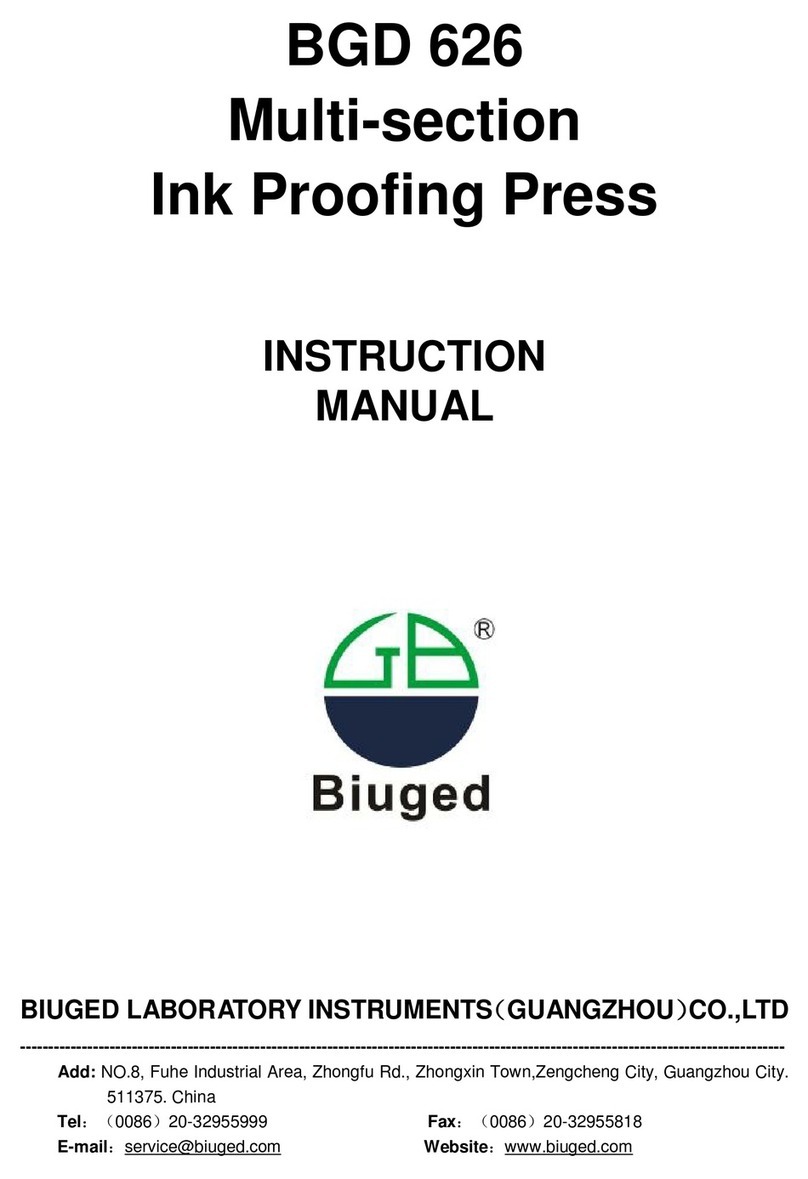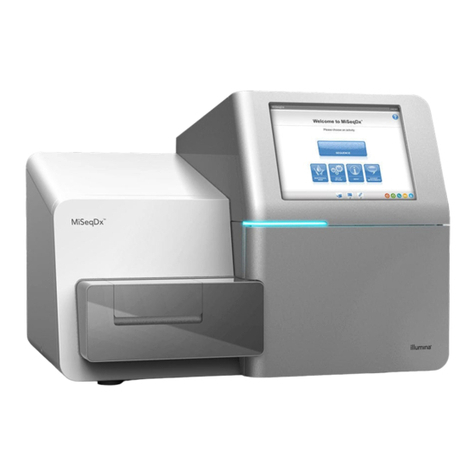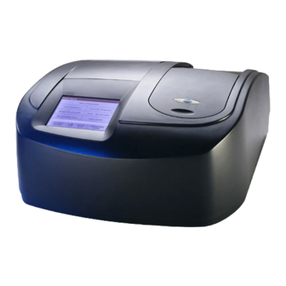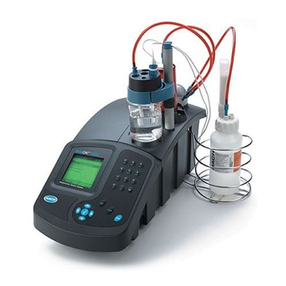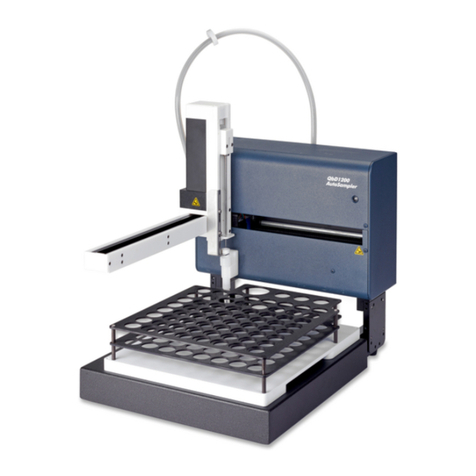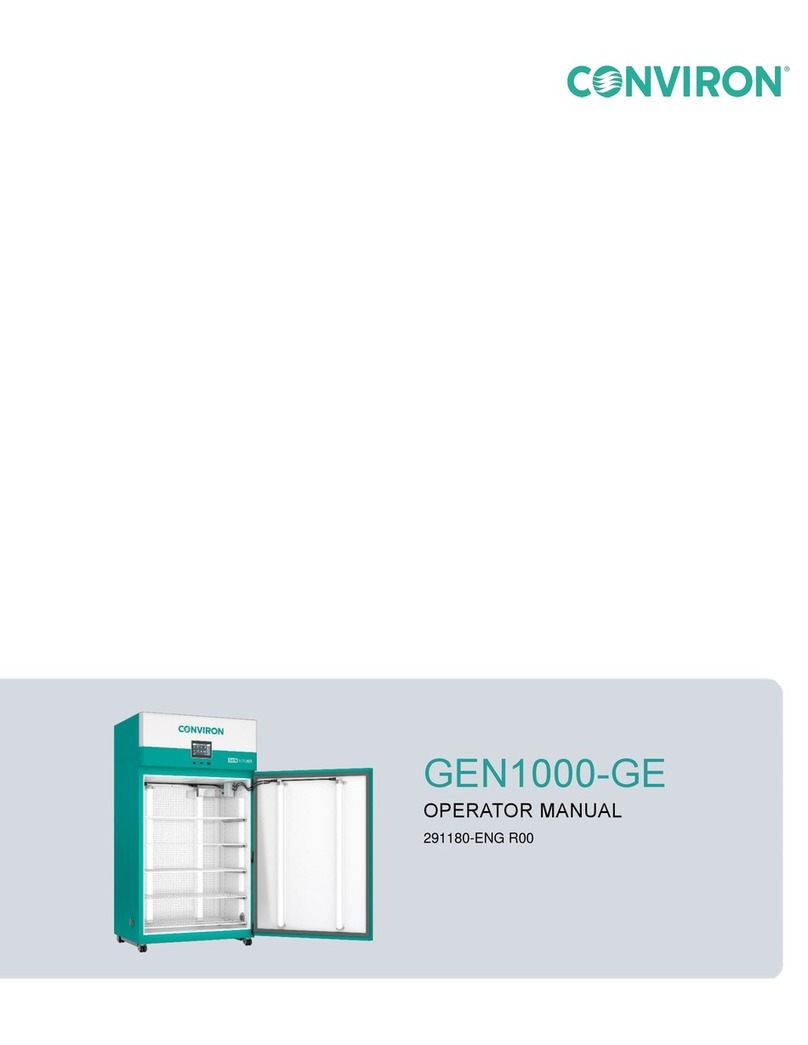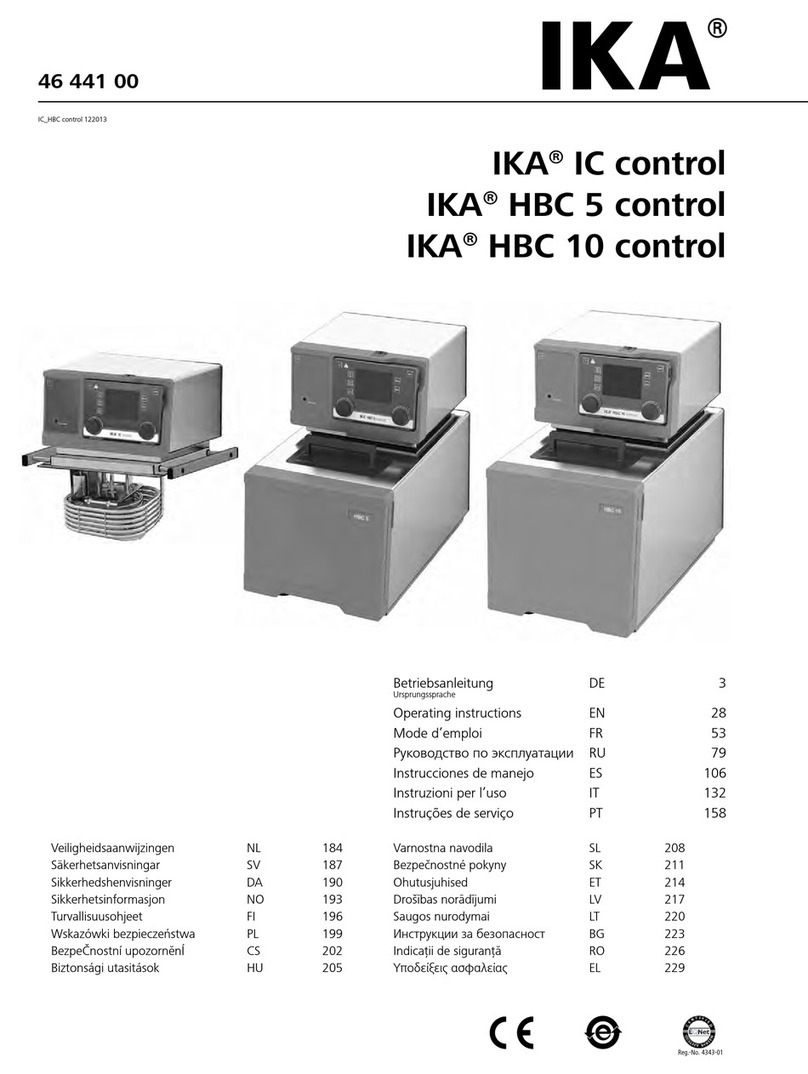
3
TABLE OF CONTENTS
TRADEMARKS OF HACH COMPANY ....................................................................................................................... 2
SAFETY PRECAUTIONS .............................................................................................................................................. 7
OPERATION.................................................................................................................................................................9
SECTION 1 GENERAL DESCRIPTION........................................................................................................... 11
1.1 Instrument Description............................................................................................................................................. 11
1.2 Standard Accessories................................................................................................................................................ 11
1.3 Principle of Operation.............................................................................................................................................. 11
1.4 Preparation for Use................................................................................................................................................... 12
1.4.1 Unpacking....................................................................................................................................................... 12
1.4.2 Operating Environment................................................................................................................................... 13
1.4.3 Operating Power Selection ............................................................................................................................. 13
SECTION 2 TURBIDITY MEASUREMENT................................................................................................... 15
2.1 Operating Controls and Indicators ........................................................................................................................... 15
2.2 Measuring Turbidity................................................................................................................................................. 15
2.2.1 Nephelometric Measurement Procedure......................................................................................................... 16
2.2.2 Measurement Hints......................................................................................................................................... 17
2.3 Measurement Techniques......................................................................................................................................... 18
2.3.1 Cleaning Sample Cells.................................................................................................................................... 18
2.3.2 Applying Silicone Oil..................................................................................................................................... 18
2.3.3 Preparing Dilution Water................................................................................................................................ 19
2.3.4 Indexing and Matching Sample Cells............................................................................................................. 20
2.3.5 Removing Air Bubbles (Degassing)............................................................................................................... 23
2.3.6 Signal Averaging............................................................................................................................................. 25
2.3.7 Measuring Over-Range Samples.................................................................................................................... 26
2.3.8 Condensation (Fogging) ................................................................................................................................. 29
2.3.9 Calibration Check........................................................................................................................................... 29
2.3.10 Representative Sampling .............................................................................................................................. 30
SECTION 3 OPERATION...................................................................................................................................... 31
3.1 Operational Controls and Indicators ........................................................................................................................ 31
3.1.1 Using the RANGE Key..................................................................................................................................... 33
3.1.2 Using the UNITS/EXIT Key .............................................................................................................................. 33
3.1.3 Using the SIGNAL AVG Key ............................................................................................................................ 34
3.1.4 Using the FLOW Key....................................................................................................................................... 34
3.1.5 Using the LINE FEED Key............................................................................................................................... 34
3.1.6 Using the RATIO key ....................................................................................................................................... 34
3.1.7 Using the PRINT Key....................................................................................................................................... 35
3.1.8 Using the CAL/ZERO Key................................................................................................................................ 35
3.1.9 Using the ENTER Key ..................................................................................................................................... 35
3.1.10 Using the Arrow Keys .................................................................................................................................. 35
3.1.11 Using the SAMPLE Key................................................................................................................................. 36
3.1.12 Using the SETUP Key ................................................................................................................................... 36
3.1.13 Key Annunciator Tone (Beeper)................................................................................................................... 36
